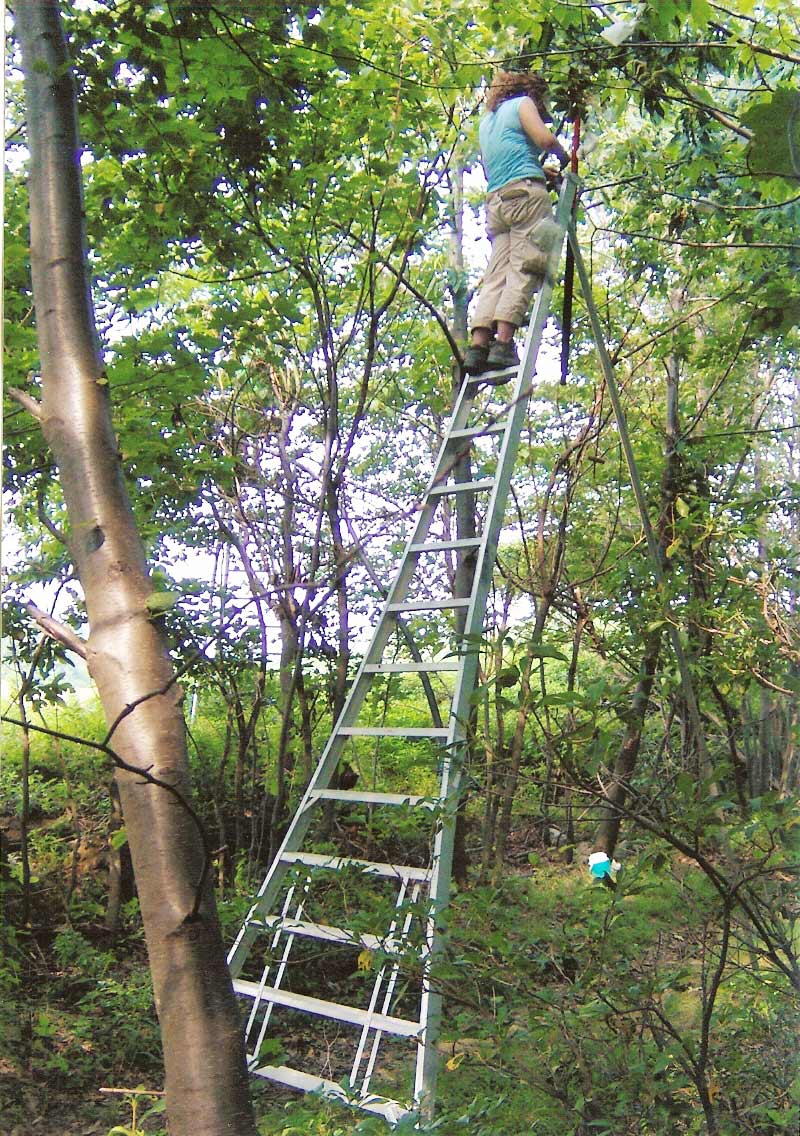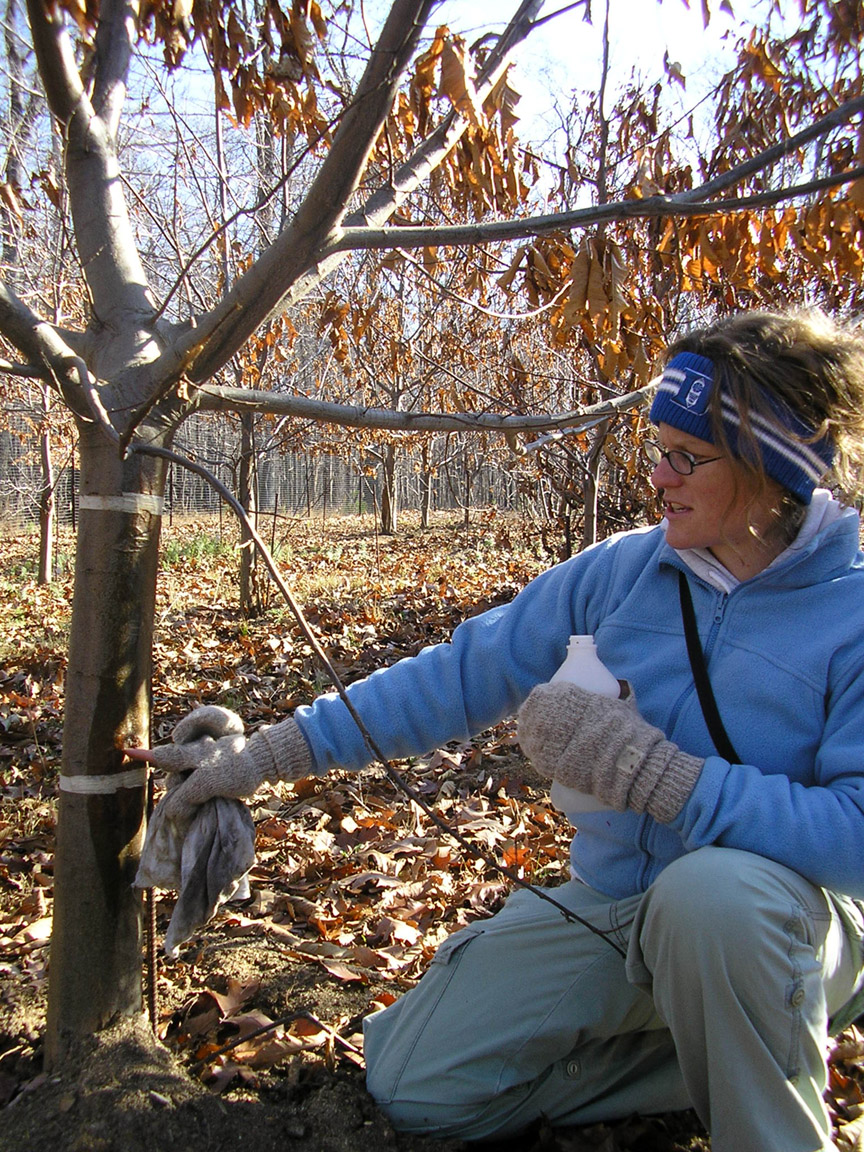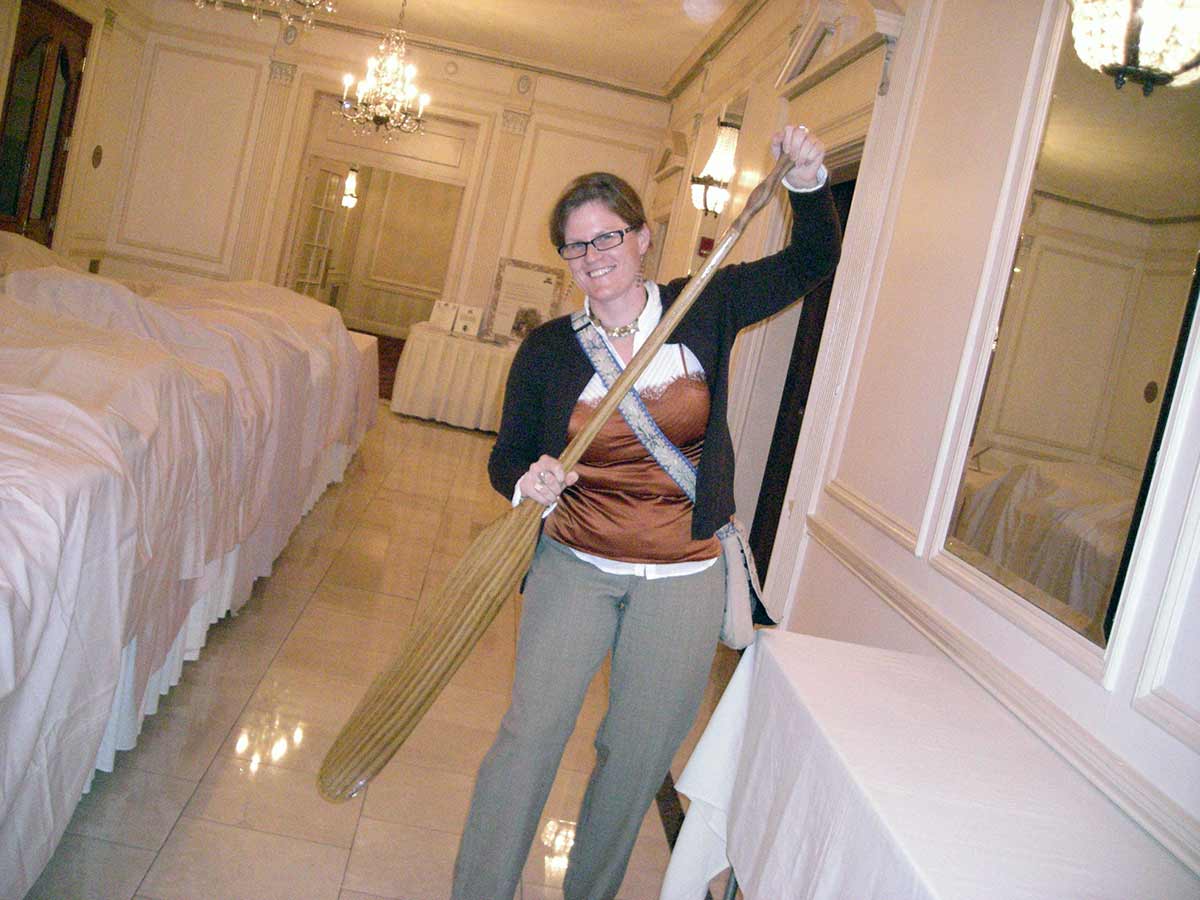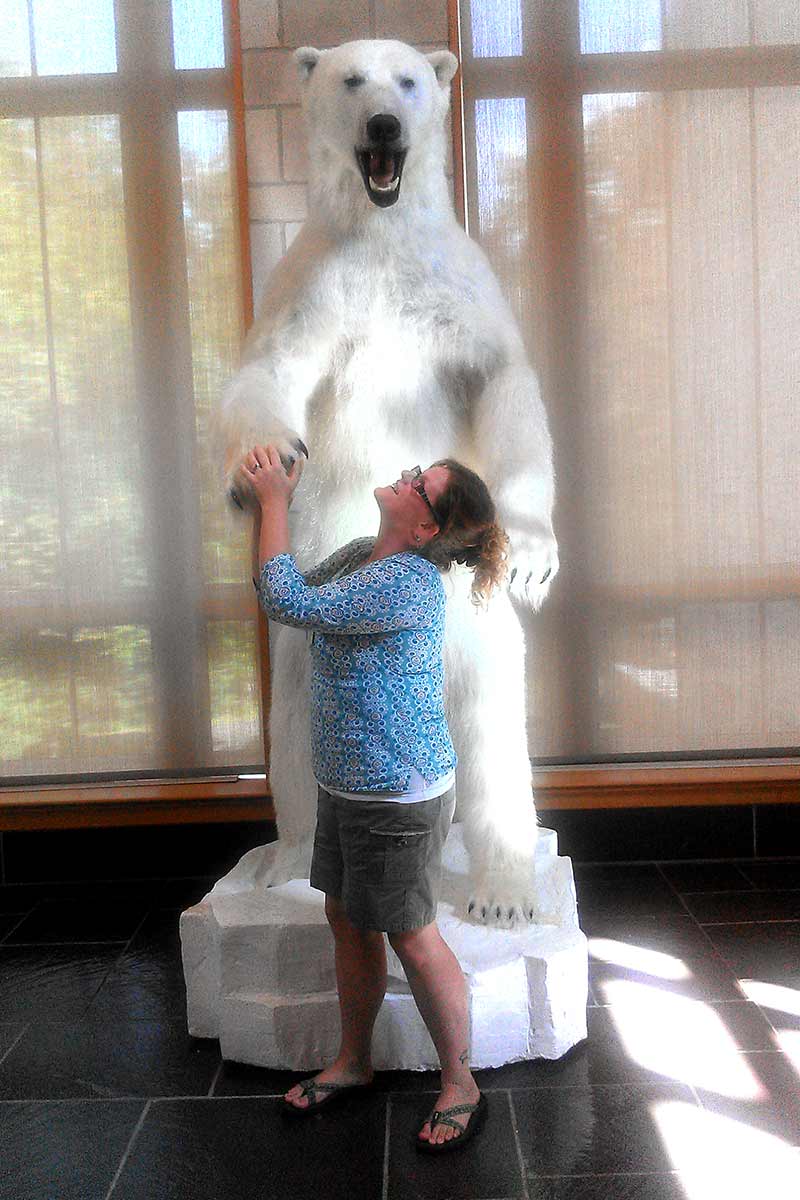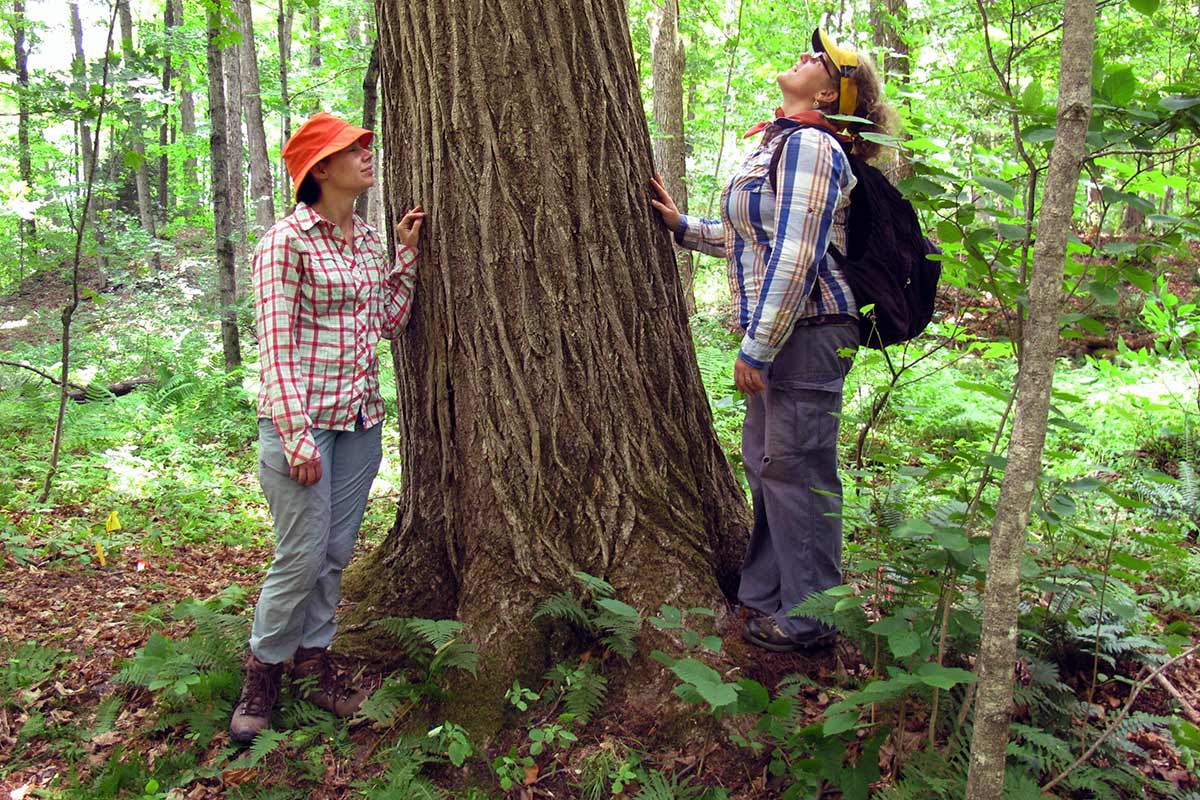2024 Poster Session
Morse, C; Quesenberry, J
Abstract
It has been well documented that chestnut blight excretes large amounts of oxalic acid, among
other organic acids and virulence factors, allowing the blight to kill the chestnut tree’s bark
cambium layer. As the blight girdles the tree, the tree dies. Recognizing the importance of oxalic
acid resistance to blight resistance, we set out to develop a protocol that could be used to
selectively breed wild, dentata-only species toward oxalic acid resistance.
First, we tried the oxalic acid leaf assays commonly used to confirm enhanced oxalic acid
resistance that work by calculating the area of necrosis a leaf disk experiences after soaking in
acid for a specified period of time. We rejected the single concentration methods because we
quickly realized that leaf transpiration and absorption rates are variable based on environment.
As the leaf’s transpiration and absorption rate increases due to uncontrolled environmental
factors, the effective dose of oxalic acid increases–leading to unreliable results.
After lots of trial and error, we discovered dose response necrosis linear regressions routinely
used by toxicologists in other settings. Employing the dose response methods, we soaked leaf
disks excised from adjacent sun-hardened leaves in solutions of 8mM, 12mM, 14mM, and
16mM oxalic acid for 23 hours and calculated the necrotic rate at each concentration. We then
calculated the least squares-line of best fit between oxalic acid concentration and necrotic rate.
The slope of the linear regression shows the leaves’ sensitivity to oxalic acid. Our initial results
showed significant differences in oxalic acid sensitivity among trees of Asian descent, field
grown wild Americans that had shown some ability to cope with blight for years, and average
Americans that were dying quickly from blight.
Further tests showed that a select few Americans displaying superior field resilience against
blight have leaves with oxalic acidity sensitivity similar to trees of Asian descent. Interestingly,
trees with “cruddy bark” were not among the American trees showing the strongest oxalic acid
resistance. Finally, in a blind test of advanced mollisima-dentata hybrids from Penn State, we
saw that: (a) the average oxalic acid leaf sensitivity of strong performing mollisima-dentata
hybrid trees is better than that of worse field performing mollisima-dentata hybrid trees; and (b)
surprisingly, there are some mollisima-dentata hybrid trees that do poorly in field tests (become
badly blighted) that show strong oxalic acid leaf sensitivity.
The work is ongoing. We continue to refine the test based on learnings from these results.
Additionally, we are in the planning stages where we intend to begin selectively breeding
dentata-only species toward blight resistance. Part of the planning includes appropriate ways to
incorporate oxalic acid leaf assays as one of several selection factors.We recognize that this will
be a program led largely by chestnut enthusiasts. To that end, we welcome anyone who is
willing to join us in growing and testing large numbers of seedlings to reach out at
moc.liamg@gnitset.ao.tuntsehc.



